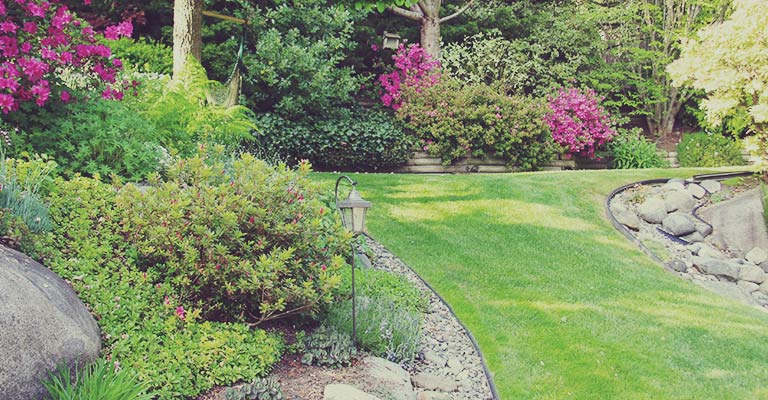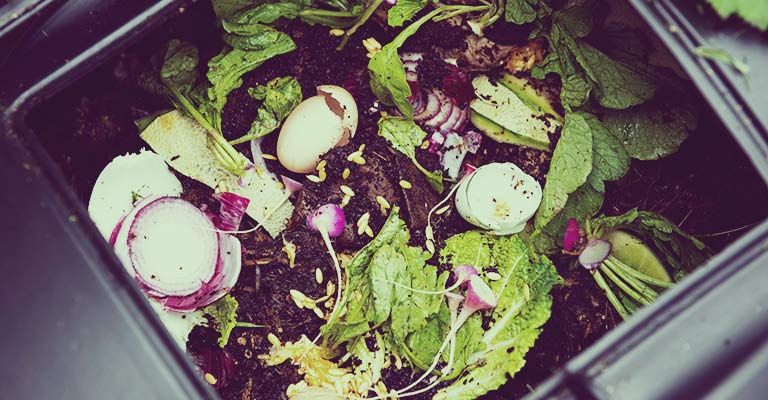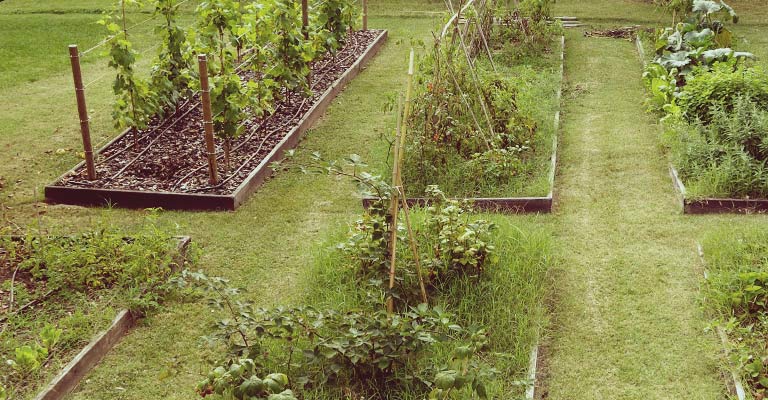The New Year provides an opportunity to make simple but meaningful changes in your life – and in your garden. You’re more likely to keep resolutions that you enjoy, so think about the coming year and choose a few fun, productive goals. Here are eight ideas to pique your creativity.

Share your love of gardening with others, inspire new gardeners, learn new tips from old pros and have fun in the process. Most garden clubs are involved in worthy projects such as beautifying parks, roadsides or empty lots. Some may offer classes in floral designing, landscaping or organic gardening
Natives, be they flowers, shrubs or trees, are adapted to your particular soil and climate. They are easy to grow without benefit of pesticides or fertilizer, and they require little supplemental water. Native plants also provide critical habitat for birds and beneficial insect that have co-evolved in the same area.
Bats are having a difficult time these days and their numbers are diminishing, but a bat house provides a place for them to roost and raise their young. Bats pay you back by eating up to 1,200 mosquitoes per hour, making a significant dent in the pest population. Keep in mind that bat poop (guano), is one of the best fertilizers around.

Compost is a nutrient-rich substance that enriches the soil by replacing lost nutrients. Compost also reduces the need for toxic chemicals, helps control erosion, provides a habitat for earthworms and keeps waste out of the landfills.

Even a few hours spent in the garden provides nutritionally rich produce for people in low-income neighborhoods. Community gardens beautify vacant lots and provide a sense of pride that benefits entire communities.
As they deteriorate, leaves improve the soil and provide nitrogen, phosphorus and potassium without expensive chemical fertilizers. Think of the time you’ll save by eliminating raking and bagging. If you have extra leaves, add a few to your compost bin.
Harvest a few from dry, wilted blooms at the end of the season and you’ll have seeds to plant in spring with plenty left over for sharing with friends. Although you can save seeds from nearly any plant (including vegetables), easy candidates for beginning seed savers include coneflower, black-eyed Susan, sunflower, marigold, morning glory, nasturtium, snapdragon or poppy.
As their numbers are dropping rapidly due to pesticides, climate change, parasites and other factors. Bee-friendly plants include bee balm, crocus, salvia, zinnia, allium, poppy, cosmos, sedum and countless others. Bees also appreciate herbs like rosemary, chives, thyme, lavender, borage. If possible, provide plants that bloom in spring, summer and fall.
Subscribe to our newsletter to receive our gardening tips, news and more directly in your inbox! Fill in the form below. Please note that fields with an * are required.